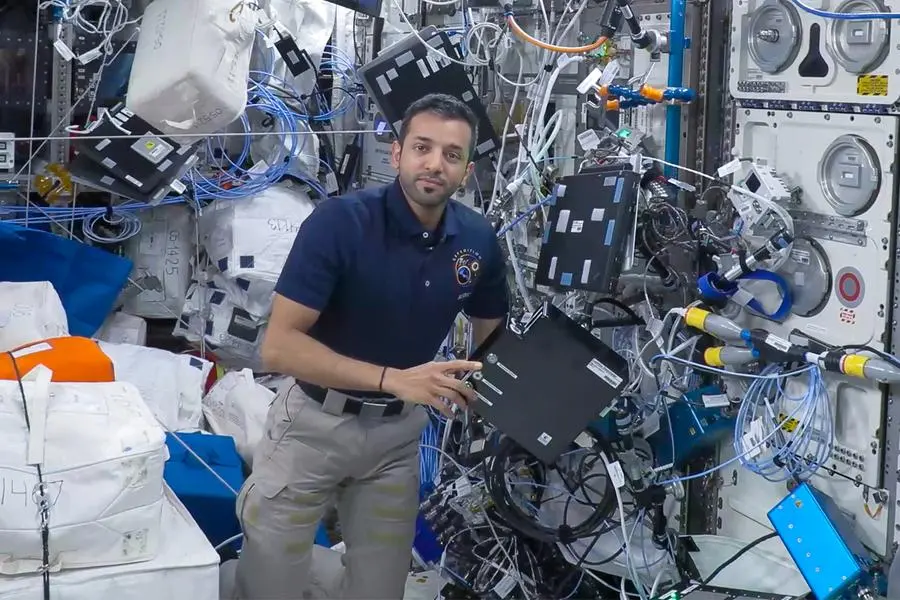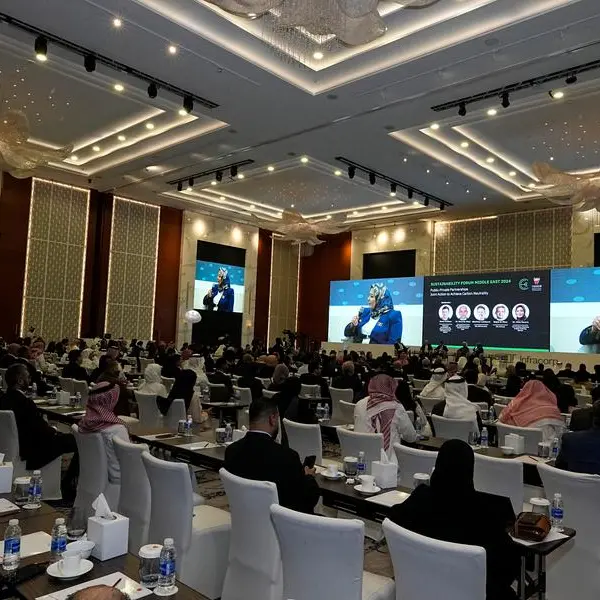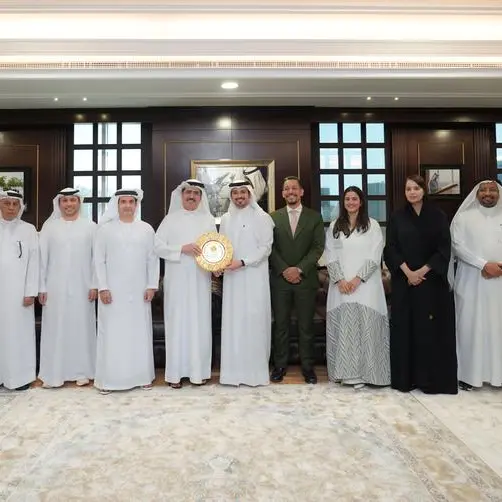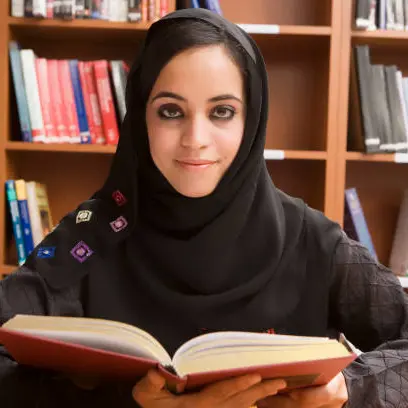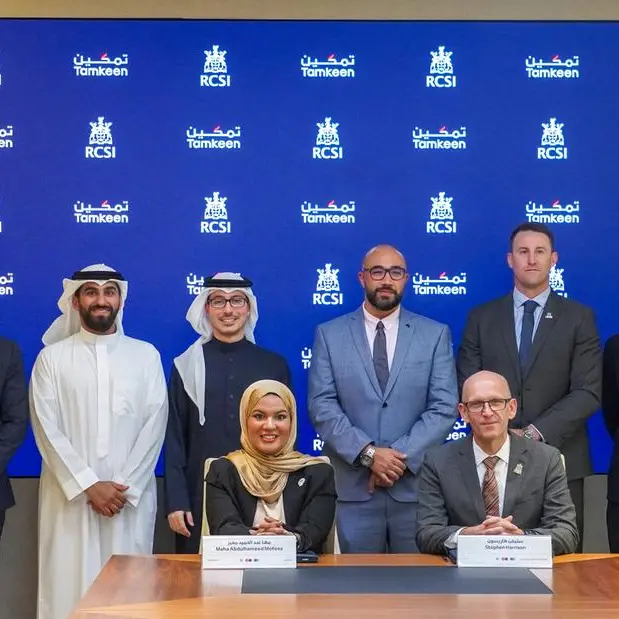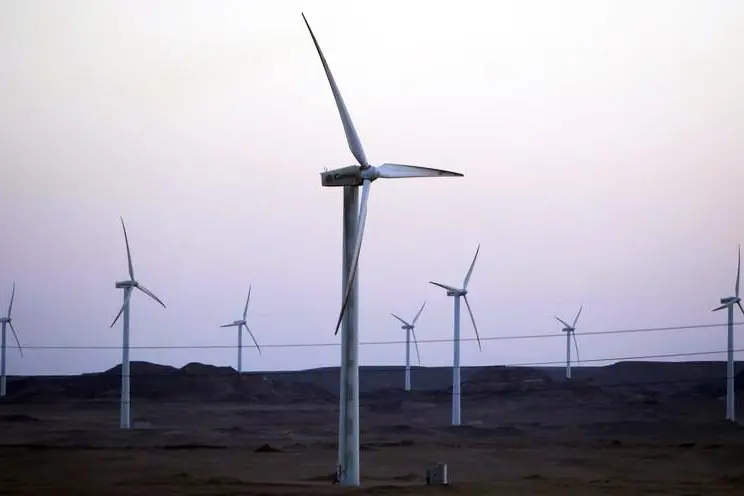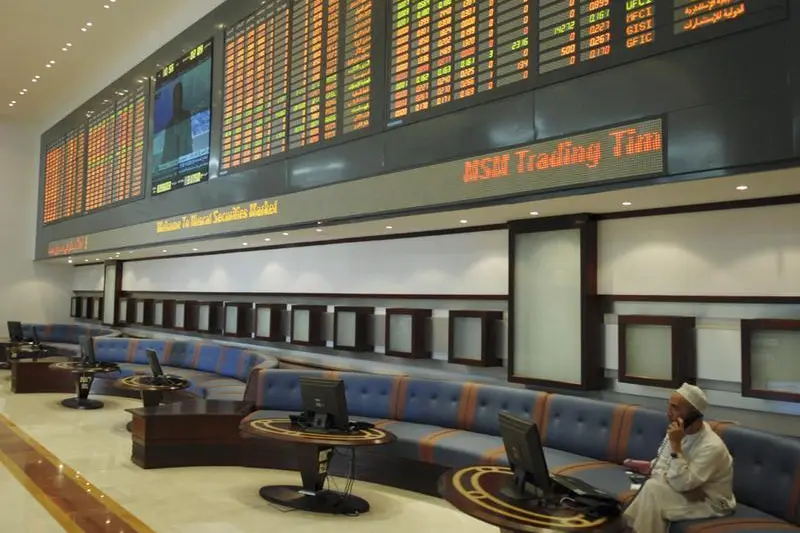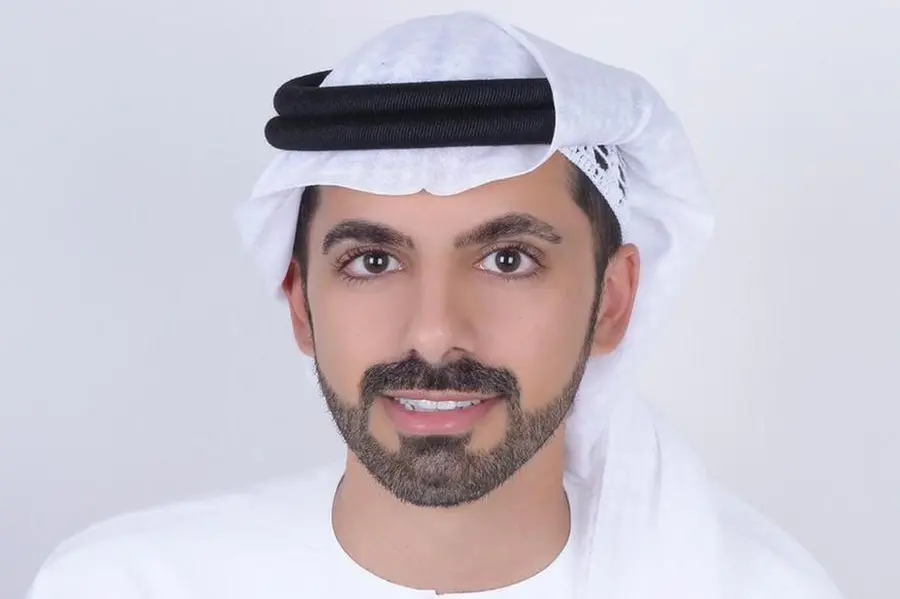PHOTO
- Experiment done in collaboration with ESA, CNES and Jean Monnet University and Exail
- Emirati astronaut took part in the optical fiber-based dosimetry experiment to monitor radiation levels aboard the ISS
- Experiment to help experts analyse the quantity of radiation astronauts are exposed to and study how best to regulate it
Dubai – UAE: The Mohammed Bin Rashid Space Centre (MBRSC) today shared insights into Sultan AlNeyadi’s contribution to the Lumina experiment aboard the International Space Station (ISS). The experiment was conducted in collaboration with the European Space Agency (ESA), French space agency, CNES, Jean Monnet University in France and Exail to monitor ionising radiation exposure.
The Lumina experiment is the first fiber optic dosimeter set up in space to help astronauts navigate the radiation levels the ISS crew is exposed to. The long-term experiment, which is currently being managed by AlNeyadi, was developed to capture high-precision data through optical absorption on the radio-sensitive fiber optic coils that are subject to ionising radiation. This data is further sent back to Earth for an analysis of the irradiation impact. Fiber optic dosimetry shows promising opportunities for the medical and nuclear research and industries.
Shedding light on the experiment, Adnan AlRais, Mission Manager, UAE Astronaut Programme, said, “The Lumina experiment, held in collaboration with the ESA, CNES and Jean Monnet University is a continued effort to create a safe environment for astronauts on long-term missions on the ISS. Contributing to this research will enable us to understand and monitor radiation exposure thus supporting safer missions in the future. By analysing the data that Sultan inputs into the records, we will be able to share insights on the conditions on the station and how best to regulate it.”
Florence Clement, Payload Developer for CADMOS (CNES), said, “According to a French proverb, ‘Paris was not built in a day’, and same is the case with science. Since 2021, ISS crew has periodically operated Lumina, paving the way for a better understanding of fiber optic dosimetry, for the benefit of human exploration of space and Earth applications. This is a good illustration that science goes beyond the frontiers of space, one astronaut mission at a time. CNES is delighted that astronaut Sultan AlNeyadi could contribute successfully to this long-term relay.”
Thomas Pesquet, a French astronaut, placed the instrument in the European Columbus laboratory module in 2021, to analyse the radiation that passes through the ISS shielding. The dosimeter has hence been placed on the ISS since with data being periodically recorded to allow monitoring of the exposure to ionising radiation. Through an application called ‘Everywear’ developed by CNES, ESA, and the French Institute for Space Medicine and Psychology, the crew can transfer their results back to the ground for further analysis.
Onboard the ISS, the crew is subject to radiation levels that are close to 100 times than on Earth at any given time. Therefore, it is critical to monitor the same through the fiber optic dosimetry system to protect equipment and astronauts through long-term missions to the Moon or Mars.
The UAE Astronaut Programme is one of the projects managed by MBRSC under the UAE’s National Space Programme and funded by the ICT Fund of the Telecommunications and Digital Government Regulatory Authority (TDRA), which aims to support research and development in the ICT sector in the UAE and promote the country’s integration on the global stage.
-Ends-
For Media Queries:
MBRSC Media Team - mbrsc@quillmena.com
ABOUT MOHAMMED BIN RASHID SPACE CENTRE (MBSRC):
MBRSC is an advanced scientific and technological hub, responsible for making the UAE a world leader in space services and exploration.
Established in 2006, the Mohammad Bin Rashid Space Centre (MBRSC) started out with five engineers, who took it upon themselves to develop their capabilities and expand their knowledge in the field of space, relying on strong will and solid determination. Since then, the center has continued its journey to be the incubator of the “UAE National Space Programme”. The MBRSC has undertaken the tasks of building, developing, and operating a number of Earth observation satellites, providing imaging services, analysing and studying them, as well as producing relevant data to scientific communities and research centres around the world. Among the satellites that the centre operates are DubaiSat-1 & DubaiSat-2. The MBRSC is also responsible for KhalifaSat, celebrated as the first satellite that was fully built by Emiratis in 2018. Recently, the centre revealed its plan to develop the new satellite MBZ-SAT, which is expected to be launched at the end of 2023 and to be the latest in the field of high-resolution imaging from outer space.
